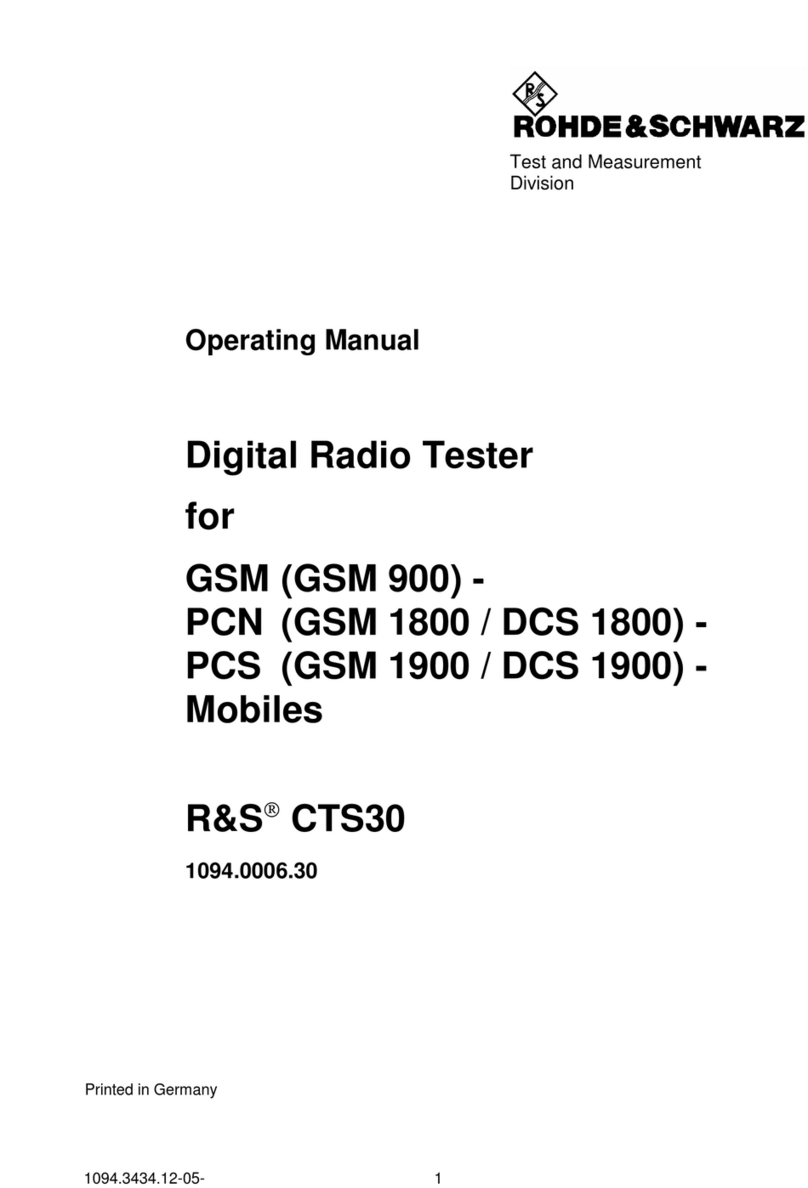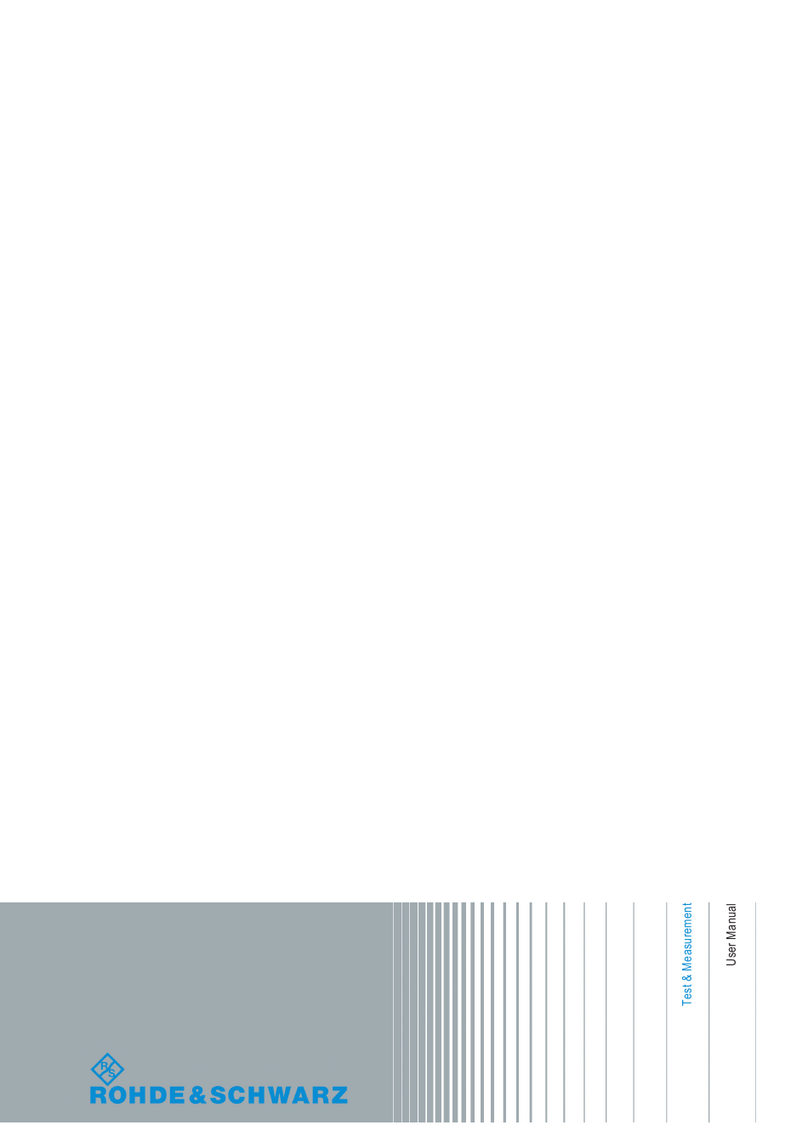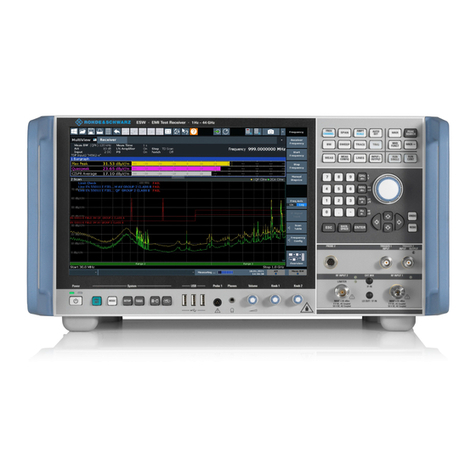Rohde & Schwarz R&S CMU-Z10 User manual
Other Rohde & Schwarz Test Equipment manuals

Rohde & Schwarz
Rohde & Schwarz SMBV-K361 User manual

Rohde & Schwarz
Rohde & Schwarz RTE User manual
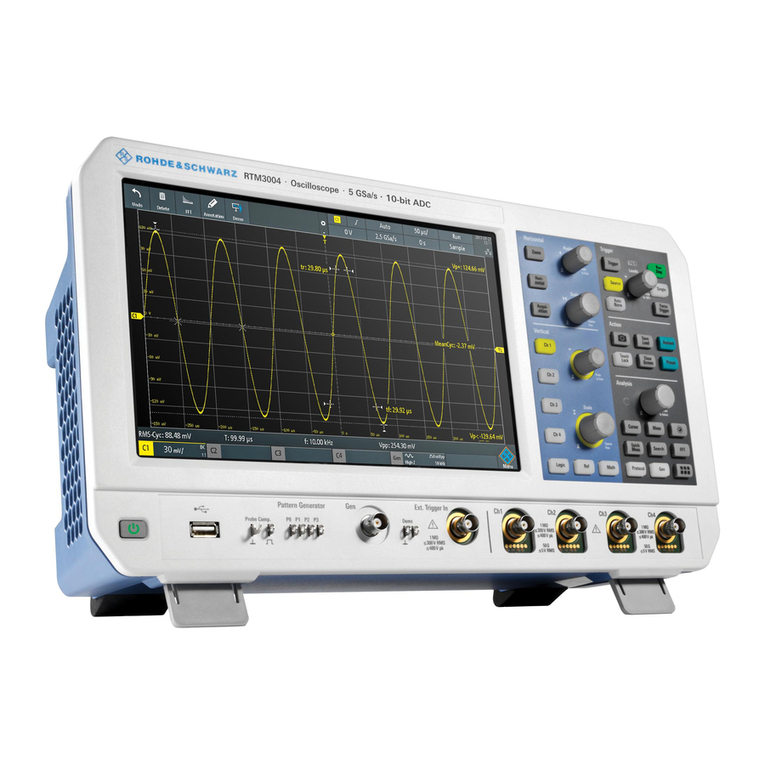
Rohde & Schwarz
Rohde & Schwarz R&S RTM3000 User manual
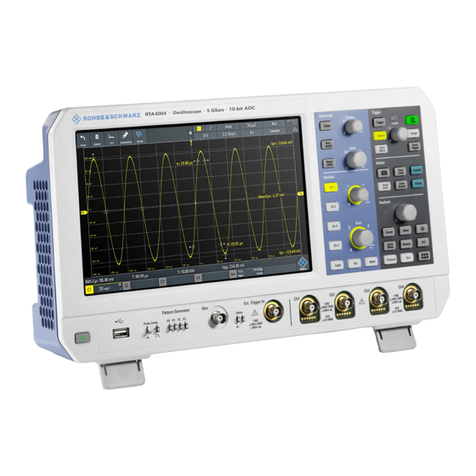
Rohde & Schwarz
Rohde & Schwarz RTA4000 User manual
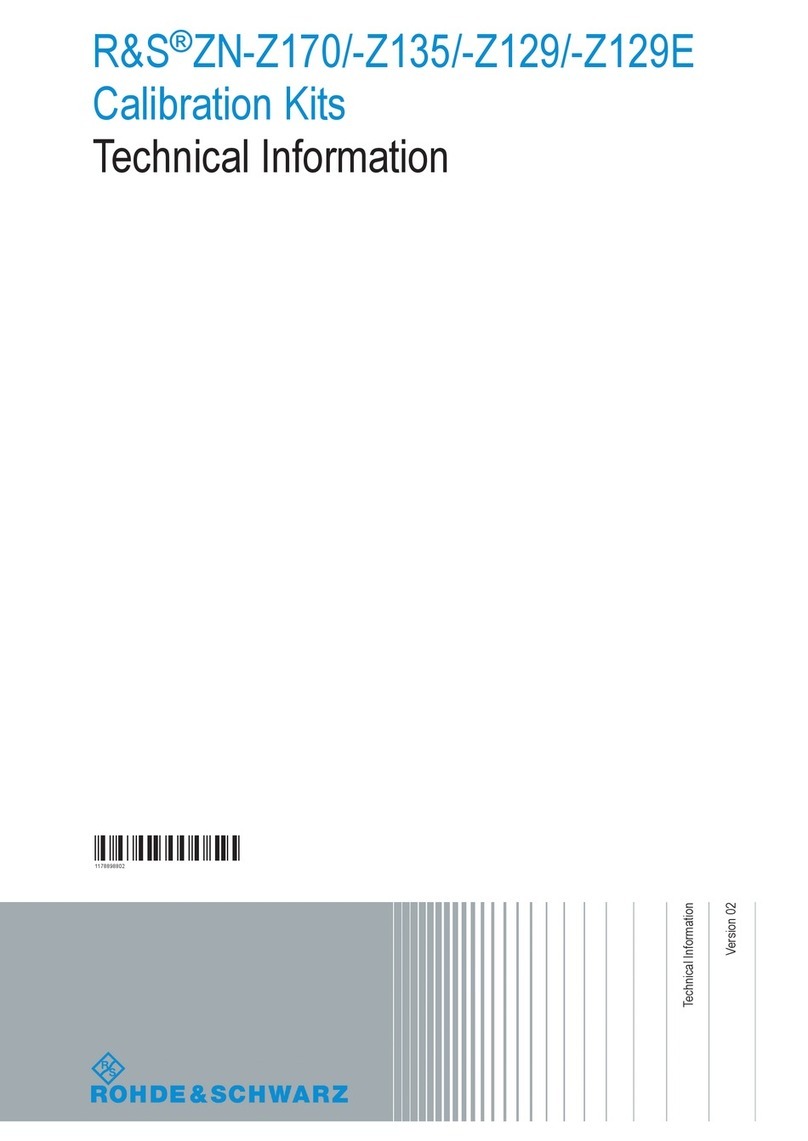
Rohde & Schwarz
Rohde & Schwarz ZN-Z170 Manual
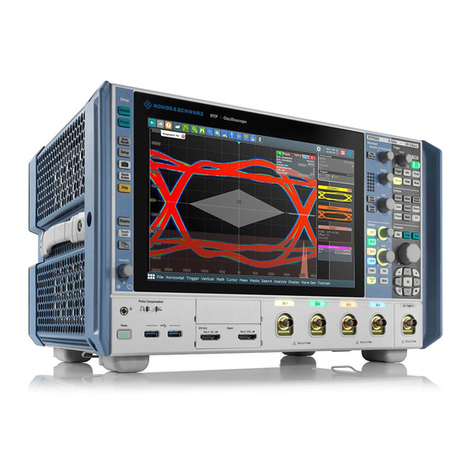
Rohde & Schwarz
Rohde & Schwarz RTP Series User manual
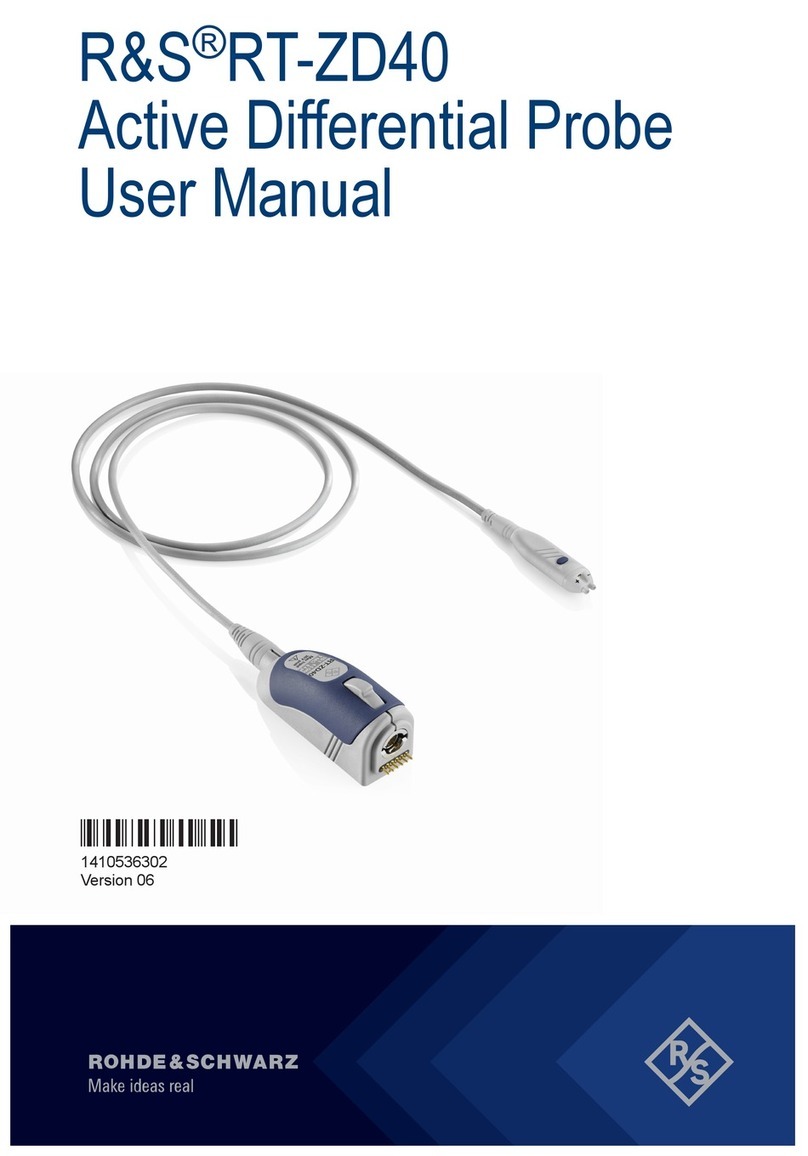
Rohde & Schwarz
Rohde & Schwarz RT-ZD40 User manual

Rohde & Schwarz
Rohde & Schwarz RTH1004MSO User manual

Rohde & Schwarz
Rohde & Schwarz RT-ZC02 User manual

Rohde & Schwarz
Rohde & Schwarz ENV432 User manual
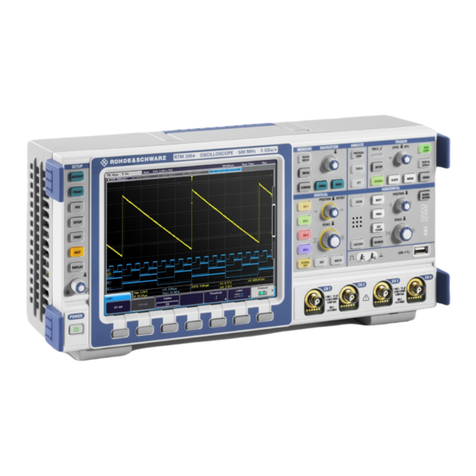
Rohde & Schwarz
Rohde & Schwarz RTM2032 User manual
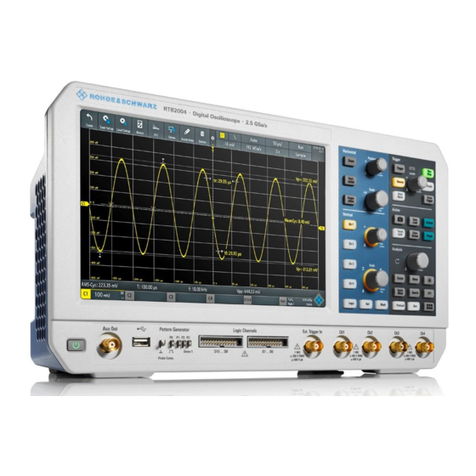
Rohde & Schwarz
Rohde & Schwarz RTB2000 Series User manual

Rohde & Schwarz
Rohde & Schwarz AMU200A User manual
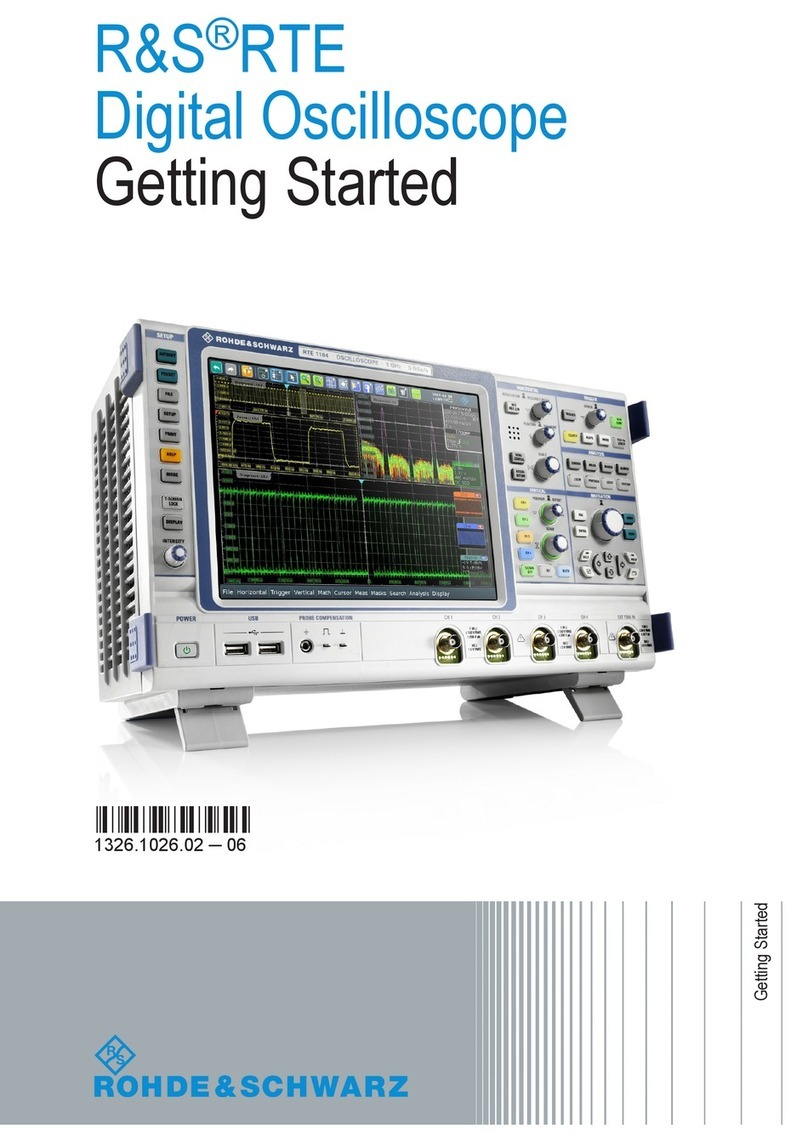
Rohde & Schwarz
Rohde & Schwarz RTE-COM4 User manual

Rohde & Schwarz
Rohde & Schwarz RT-ZS10 User manual
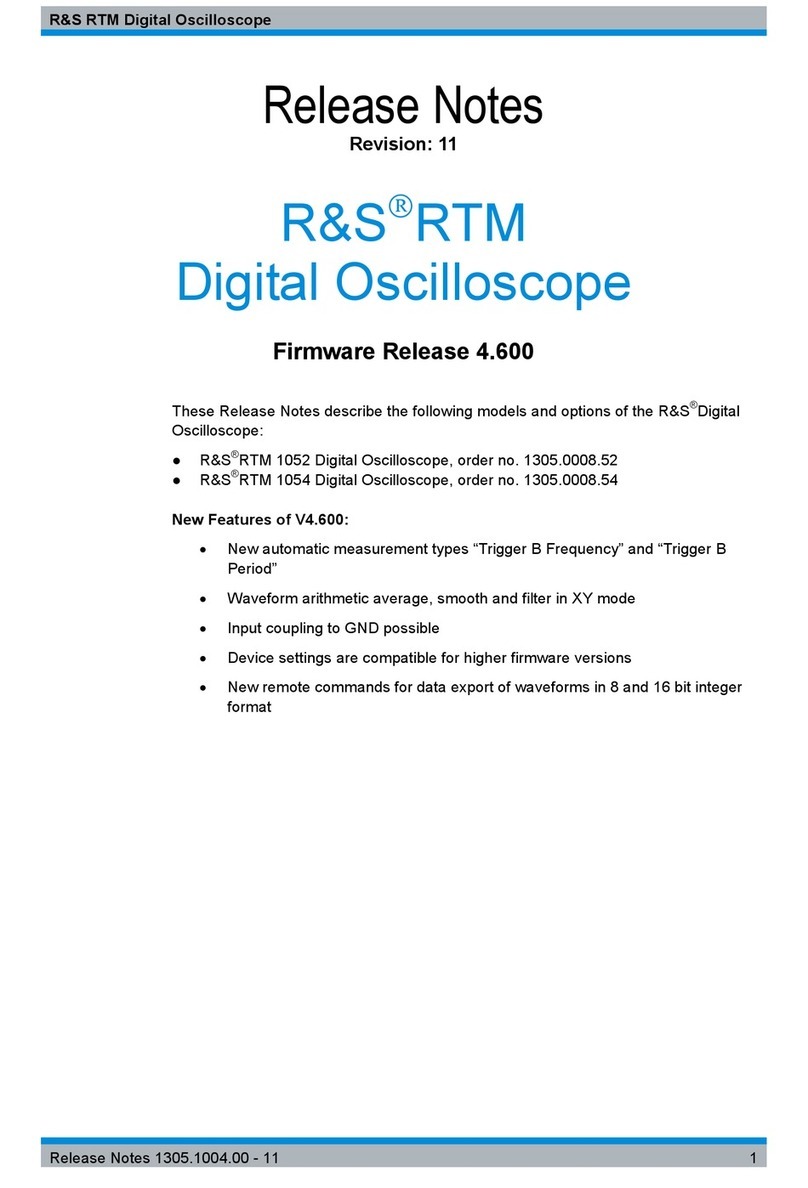
Rohde & Schwarz
Rohde & Schwarz R&S RTM 1052 How to use
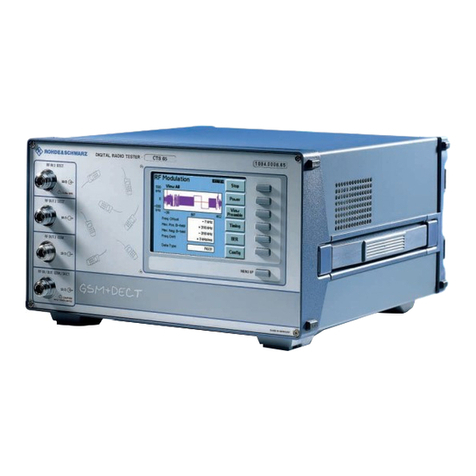
Rohde & Schwarz
Rohde & Schwarz CTS65 User manual
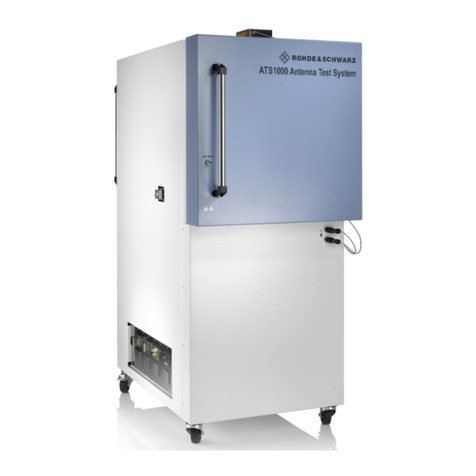
Rohde & Schwarz
Rohde & Schwarz R&S ATS1000 Manual
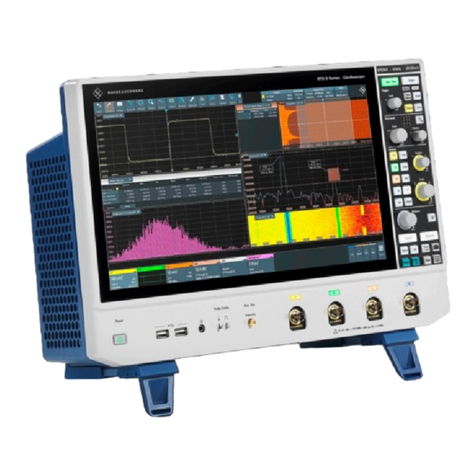
Rohde & Schwarz
Rohde & Schwarz RTO64 User manual
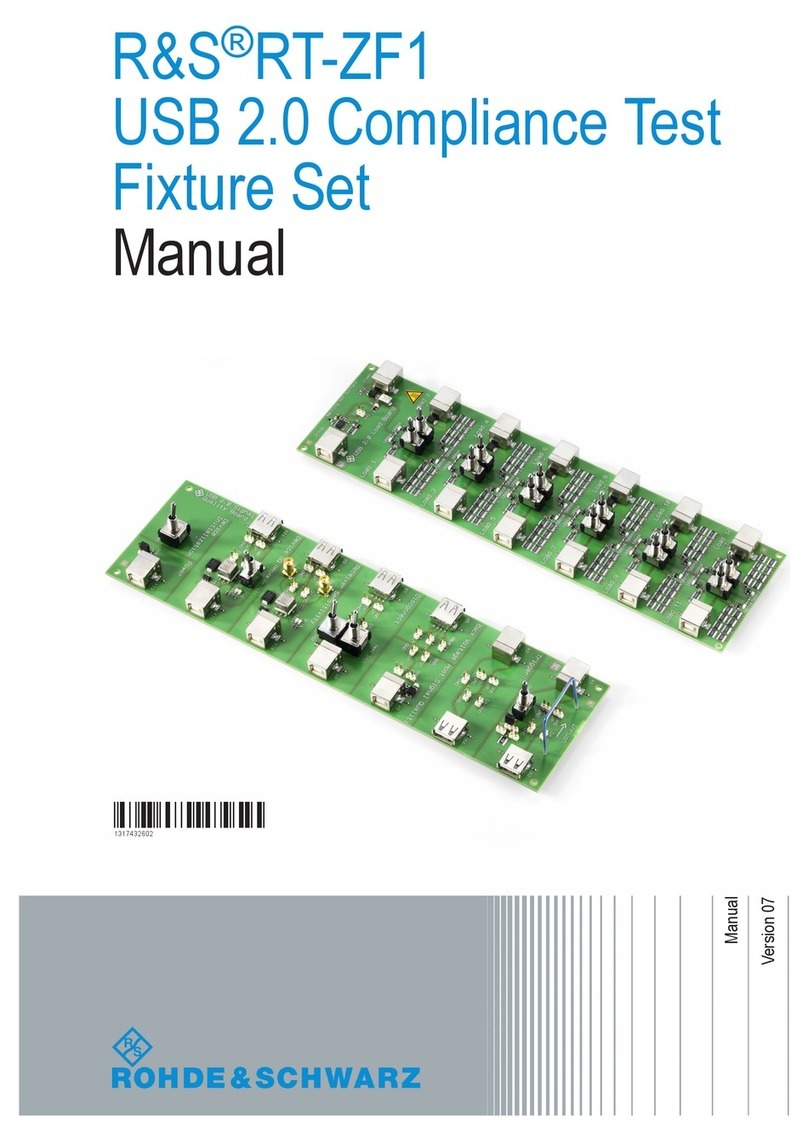
Rohde & Schwarz
Rohde & Schwarz RT-ZF1 User manual
Popular Test Equipment manuals by other brands

Redtech
Redtech TRAILERteck T05 user manual

Venmar
Venmar AVS Constructo 1.0 HRV user guide

Test Instrument Solutions
Test Instrument Solutions SafetyPAT operating manual

Hanna Instruments
Hanna Instruments HI 38078 instruction manual

Kistler
Kistler 5495C Series instruction manual

Waygate Technologies
Waygate Technologies DM5E Basic quick start guide

StoneL
StoneL DeviceNet CK464002A manual

Seica
Seica RAPID 220 Site preparation guide

Kingfisher
Kingfisher KI7400 Series Training manual

Kurth Electronic
Kurth Electronic CCTS-03 operating manual

SMART
SMART KANAAD SBT XTREME 3G Series user manual

Agilent Technologies
Agilent Technologies BERT Serial Getting started
